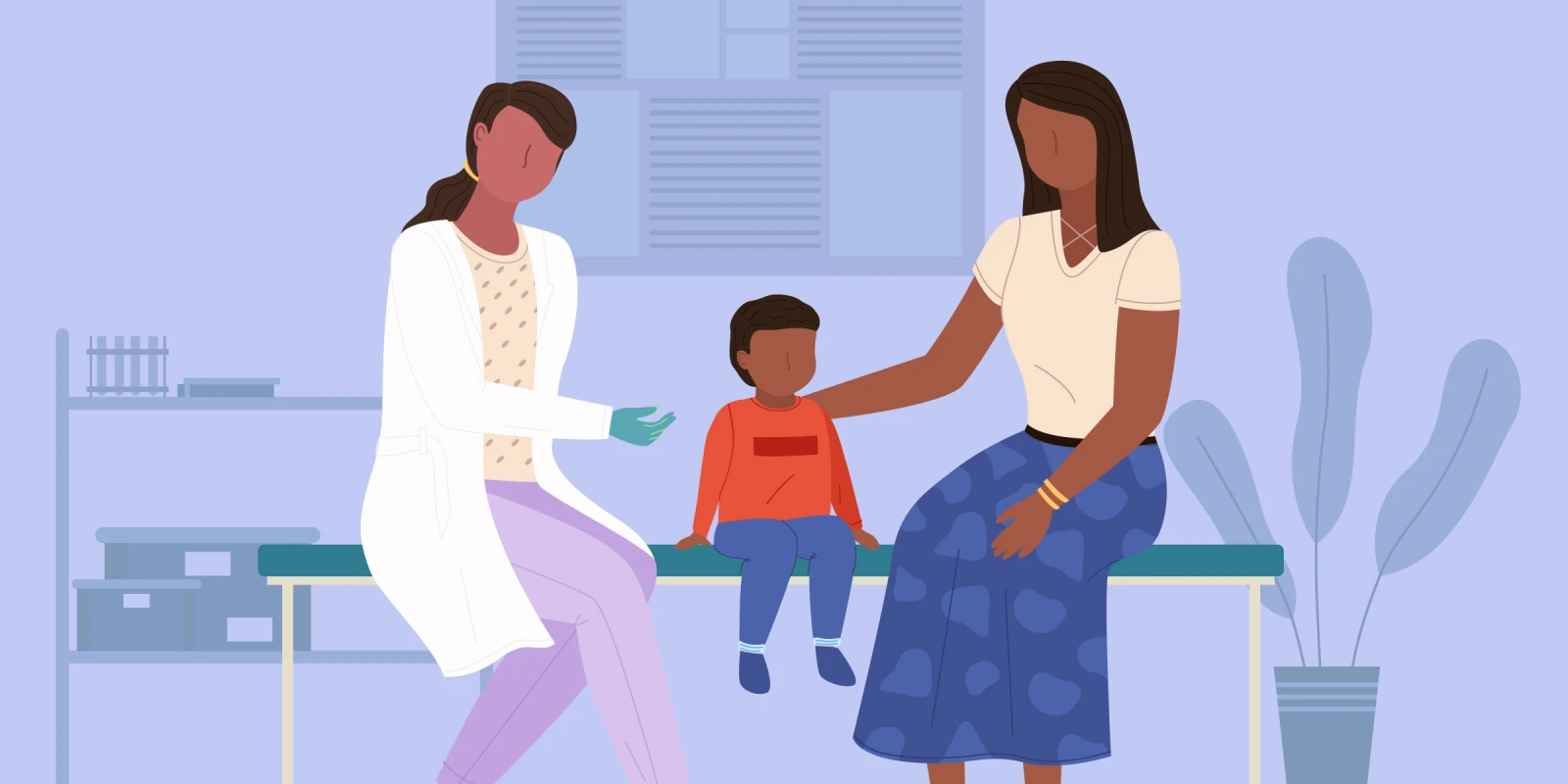As an urgent care pediatrician, I regularly see young children with fever, cough, and congestion. The majority of these patients have symptoms caused by viral infections that can be managed safely at home.
Families feel an initial relief after learning their child does not need to go to the ER or require long-term treatment.
However, telling a parent when their child can return to day care is more challenging. A child who is still affected by a viral infection could potentially spread it to others at the day care, which conflicts with my commitment to public health as a pediatrician.
For these children, I feel compelled to recommend they stay home from day care to reduce the risk of infecting other children. While this request is rooted in a focus on public health, I understand the challenge it places on parents to find flexible child care for the upcoming day.
Otherwise healthy toddler and preschool age children can experience as many as 12 viral infections per year. This number increases for those who attend day care and preschool. While symptoms peak in the first five days, lingering cough and rhinorrhea can last up to two weeks. It would not be abnormal for a child who attends day care to experience more than 60 days, functionally two months of the year, with symptoms caused by viral infections. In years with particularly infectious viral strains of respiratory syncytial virus, influenza, or COVID-19, such as last fall, these numbers can be larger.
The immunity gained from exposure to these viral infections does pay dividends at a certain point, as the incidence of viral illnesses decreases in school-aged children more than 6 years old. In fact, the increased exposure to viral infections in children who attended day care was found to play a protective role through the age of 13.
Toddlers and preschool-aged children experiencing colds is nothing new, but the challenges of caring for them have changed. Compared with 1960, where 72% of U.S families had a single income-earner, 66% of U.S families had two income-earners in 2022. With fewer parents at home today, the National Center of Education Statistics estimated that 62% of children under 5 attend some form of day care. Unsurprisingly, 83% of parents shared that it would be difficult or very difficult to find backup child care if their current child care was unexpectedly unavailable to them.
Some families have a caretaker who is able to stay home with the child full time. Others have grandparents or the financial means to pay a babysitter who can help. Some parents have job flexibility with vacation time or paid sick days.
That is not the case for everyone. For the majority, it requires a caretaker to stay home from work. The U.S. Bureau of Labor and Statistics estimated that 23% of workers in the U.S. private sector do not have access to any paid sick leave. Only 38% of workers in the bottom 10% of income have any paid sick leave. For these parents, staying home with their child can mean losing that day’s wages.
Currently, there is no federal legislation requiring paid sick leave. Only 14 states and the District of Columbia grant paid sick leave. Young children will continue to experience sickness from viral illness, and there is no reasonable way to avoid this reality. The costs of these illnesses are not the same for each family. For those without the benefit of paid sick leave, fixed salaries, or flexible work schedules, keeping children home from day care can mean lost income or a rushed scramble for child care.
I empathize with caretakers who rely on day care as child care while they work. I often feel a natural emotional pull to support the family in front of me. Some families form a game plan aloud — making sure to mention their child will stay with a grandparent or they will have a babysitter to watch them. Others share they’ll be using sick days. I worry more about the patients who react to my recommendation with silence. I can sometimes see the mental calculations and logistical hurdles they face to ensure their child is cared for. My discussions of supportive care and encouraging hydration cannot change the impact that lost income from missing days of work may have on their family’s finances.
Allowing or encouraging a child with fever and upper respiratory symptoms to attend day care risks the health of other children, which may place even more families in the same predicament as the family in front of me.
As a pediatrician, I try to focus on the patient in front of me. Yet when it comes to deciding on their return to day care, the social, economic, and financial realities of the world loom large in that room.
What dilemmas have you faced when providing medical advice? Share your thoughts below.
Dr. Nishant Pandya is a pediatrician in Philadelphia, PA. He enjoys biking and rooting for the Philadelphia Phillies. Dr. Pandya is a 2023–2024 Doximity Op-Med Fellow.
Image by robuart / Shutterstock






